How to enter a holding pattern? It’s a question which haunts anybody going through the instrument rating – ‘what hold entry are we going to make?’ But it’s not just a question for the instrument rating, in our professional flying careers we’re used to allowing the autopilot to select and fly the hold entry, but do we ever cross check it, or are we prepared to manual enter the hold if necessary?
The diagram we’re all familiar with shows the appropriate sectors for each of the 3 hold entries; direct, offset (teardrop) and parallel.
The Offset sector is a 70 degree segment from the inbound radial, the direct sector is 180 degrees from this 70 degree segment, and the parallel sector occupies the remaining 110 degrees.
Of course, prior planning is the safest way to ensure you make the correct hold entry. If you’re planning a flight to an airfield where you can expect to hold, take a look at the hold you can expect. Before departing, you can work out the various hold entry segments, or simply visit a website such as flight utilities which offers a depiction of the various segments based on data you complete.
Direct Entry
The direct entry is, of course, the most straightforward form of hold entry. Upon reaching the holding fix, simply turn onto the outbound course. Once you pass abeam the fix, start your timer for 1 minute, before turning inbound to track the inbound radial back to the fix.
Modified Direct Entry
If you’re still inside the Direct Entry sector, but the angle to turn outbound is looking quite tight, fly at 90 degrees to the fix in the direction of the hold for 15 seconds, before turning a further 90 degrees onto the outbound course. Once you pass abeam the fix, start your timer for 1 minute (wind corrected), before turning inbound to track the inbound radial back to the fix.
Offset/Teardrop Entry
The Offset Entry involves flying an outbound heading, which is offset by 30 degrees, before turning back to intercept the inbound radial. For a standard right hand turn hold, simply take 30 away from the outbound track. Once you pass over the fix, turn onto this new offset heading and fly for 1 minute before making a right turn to intercept the inbound radial back to the fix. For a left hand hold, add 30 onto the outbound track, and fly this for 1 minute before turning left to intercept the inbound radial back to the fix.
If you’re unsure on which way to turn, look at the hold depicted on the plate, and ensure that you’re always turning towards the protected side of the hold.
Parallel Entry
Upon reaching the fix for a parallel entry, simply turn onto the outbound heading of the hold, and fly this heading for 1 minute. After 1 minute, turn in the opposite direction to the hold onto a heading to intercept the inbound radial back to the fix. Once you reach the fix, remember to start turning back in the correct direction for the hold.
How to enter a holding pattern?
